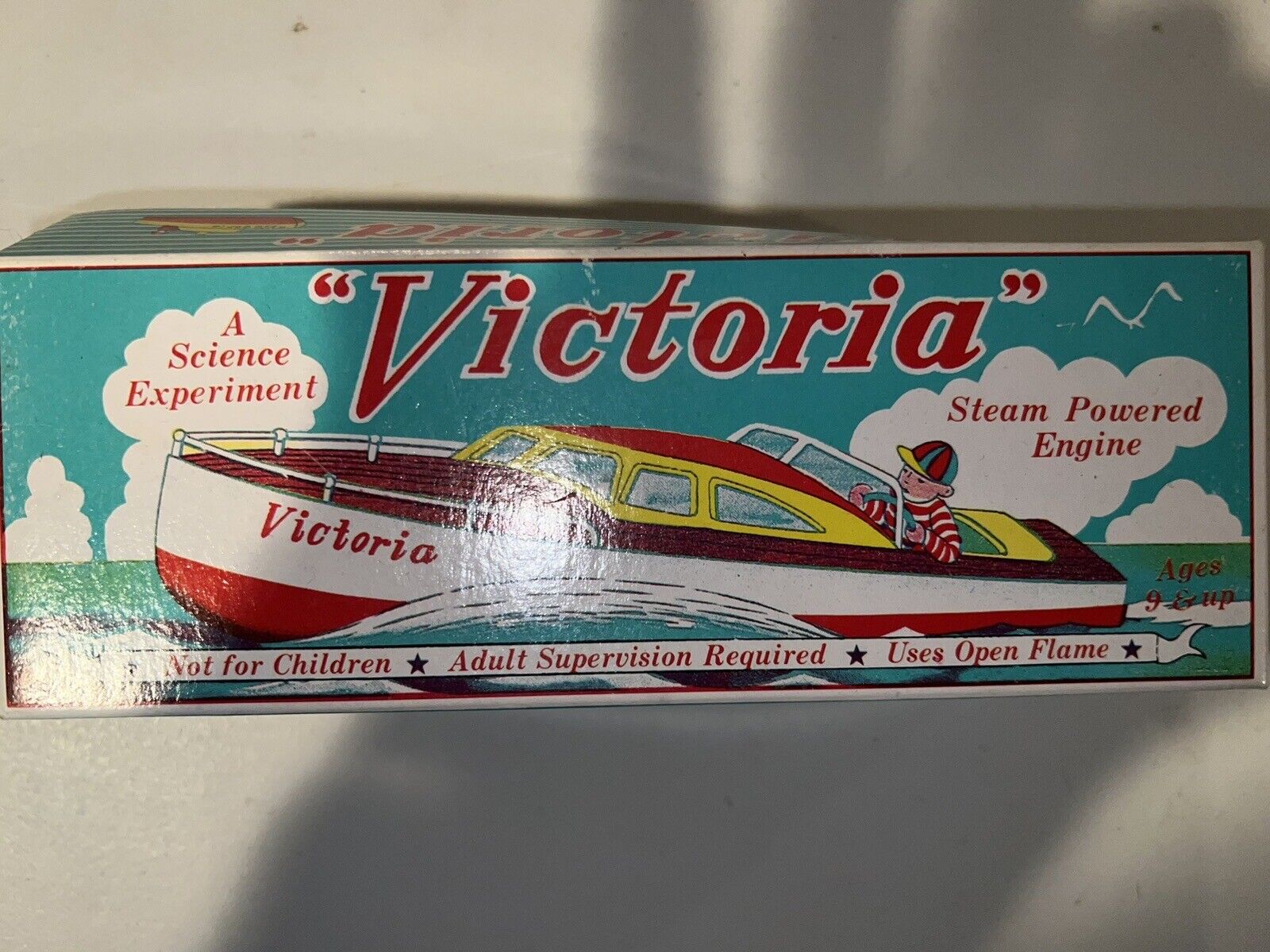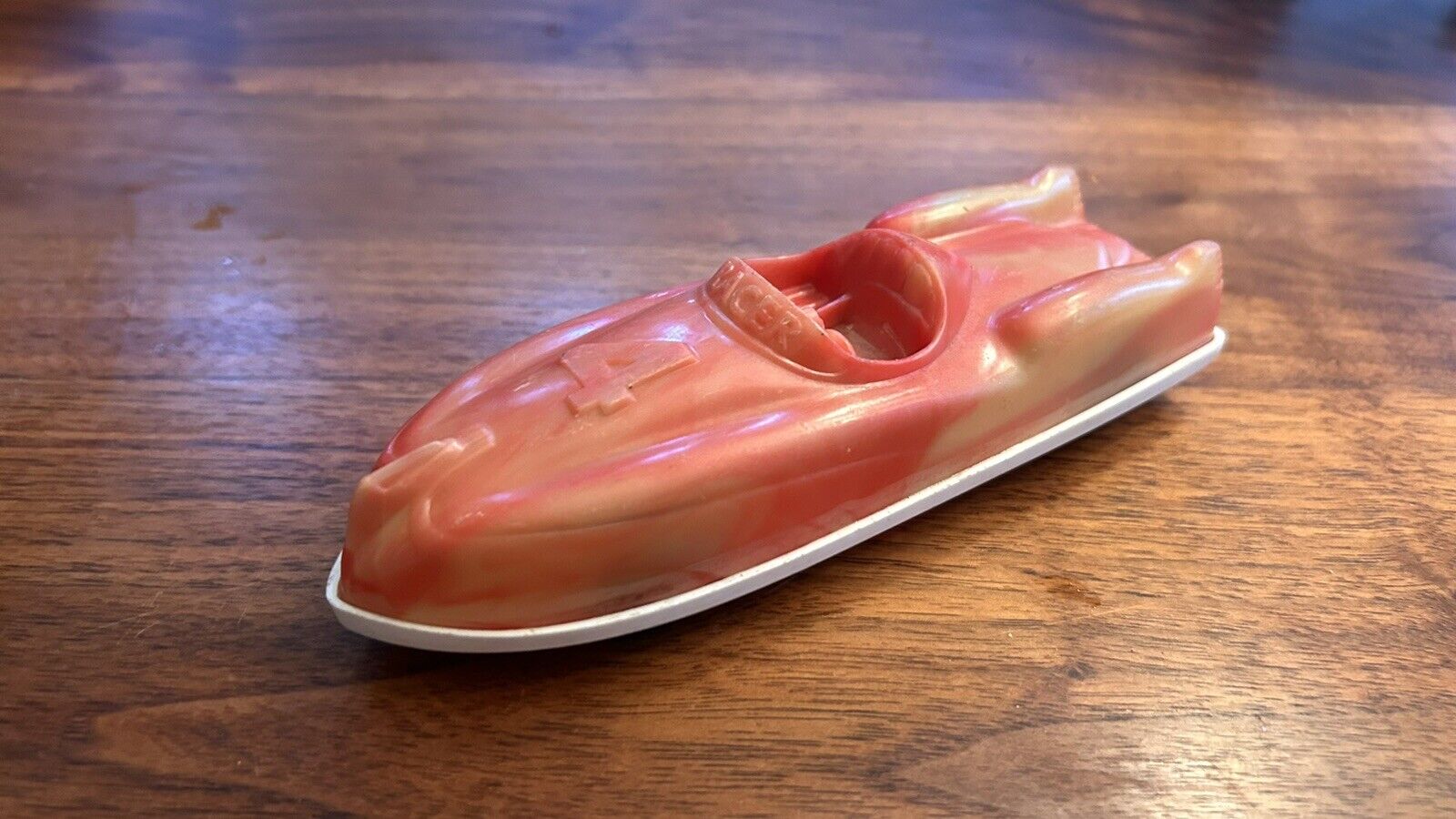-40%
US NAVY WW2 Destroyer squadron 2Sims class 1 Gridley class 1 Bagley Class
$ 11.58
- Description
- Size Guide
Description
TheSims class
destroyers
were built for the
United States Navy
, and commissioned in 1939 and 1940. These twelve ships were the last
United States
destroyer class completed prior to the American entry into
World War II
. All Sims-class ships saw action in World War II, and seven survived the war. No ship of this class saw service after 1946. They were built under the
Second London Naval Treaty
, in which the limit on destroyer
standard displacement
was lifted, but an overall limit remained. Thus, to maximize the number of destroyers and avoid developing an all-new design, the Sims class were only 70 tons larger as designed than previous destroyers. They are usually grouped with the 1500-ton classes and were the sixth destroyer class since production resumed with the
Farragut class
in 1932.
The
Mahan-class destroyers
of the
United States Navy
were a series of 18
destroyers
of which the first 16 were laid down in 1934. The last two of the 18,
Dunlap
and
Fanning
(this pair laid down in 1935), are sometimes considered a separate
ship class
. All 18 were commissioned in 1936 and 1937.
Mahan
was the
lead ship
, named for Rear Admiral
Alfred Thayer Mahan
, an influential historian and theorist on sea power.
The
Porter-class destroyers
were a class of eight 1,850-ton large
destroyers
in the
United States Navy
. Like the preceding
Farragut-class
, their construction was authorized by
Congress
on 26 April 1916, but funding was delayed considerably. They were designed based on a 1,850-ton
standard displacement
limit imposed by the
London Naval Treaty
; the treaty's tonnage limit allowed 13 ships of this size, and the similar
Somers class
was built later to meet the limit. The first four Porters were laid down in 1933 by
New York Shipbuilding
in
Camden, New Jersey
, and the next four in 1934 at
Bethlehem Steel Corporation
in
Quincy, Massachusetts
. All were commissioned in 1936 except Winslow, which was commissioned in 1937. They were built in response to the large
Fubuki-class destroyers
that the
Imperial Japanese Navy
was building at the time and were initially designated as
flotilla leaders
. They served extensively in
World War II
, in the
Pacific War
, the
Atlantic
, and in the
Americas
.
Porter
was the class' only loss, in the
Battle of the Santa Cruz Islands
on 26 October 1942.












